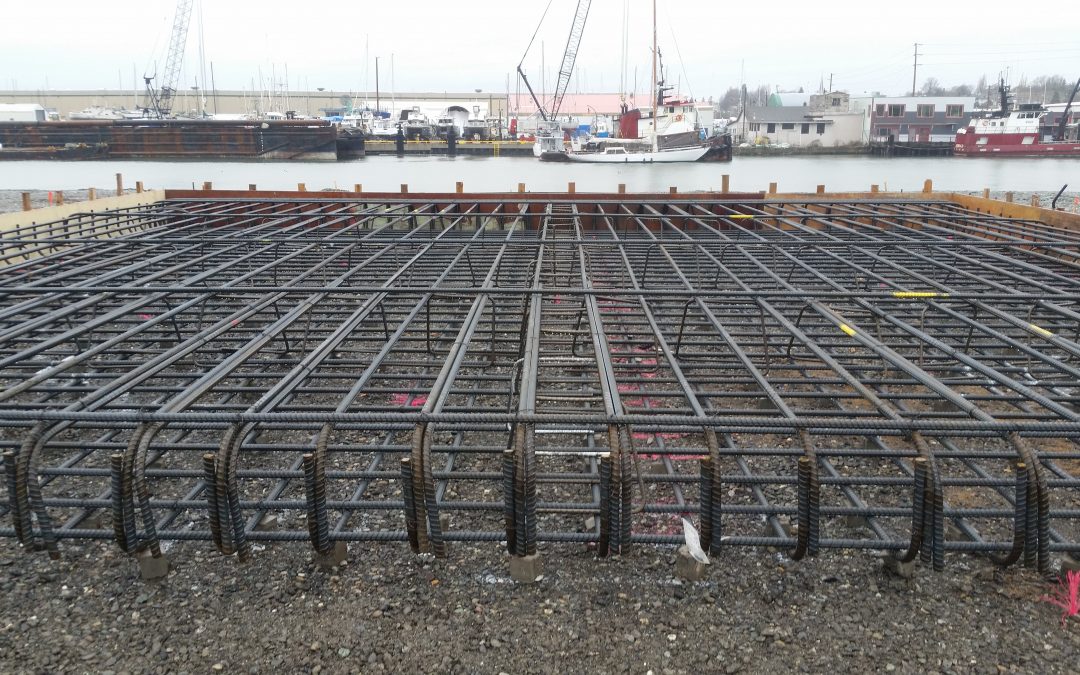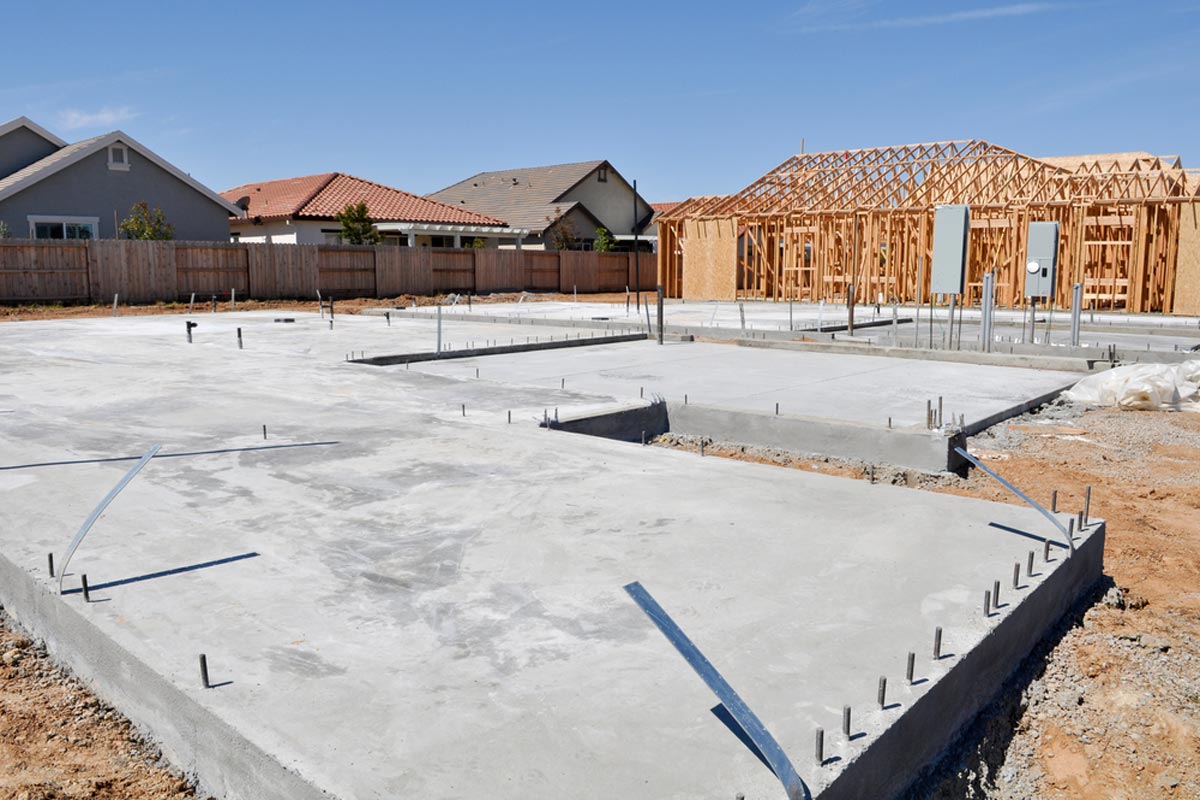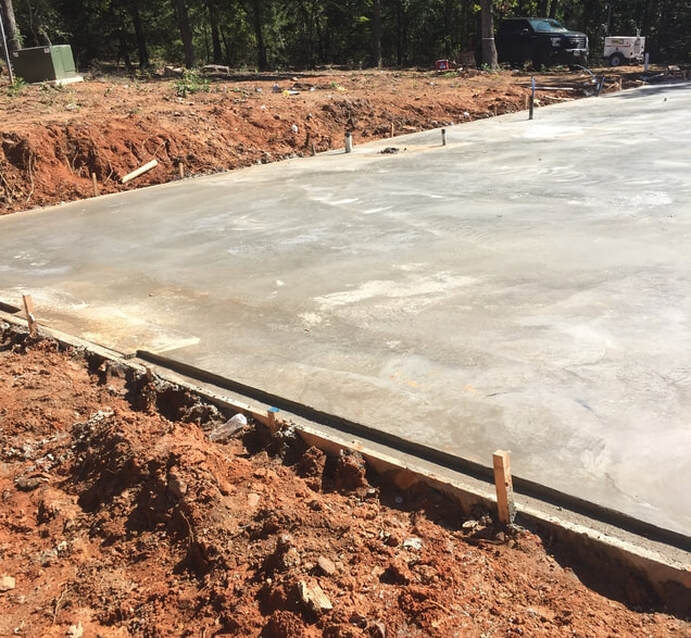How Long Do Concrete Foundations Last?
Life expectancy of a wooden frame house with a concrete foundation can be well over a hundred years, provided the home has proper maintenance and care. Naturally, the houses that are built with quality materials and good workmanship will last longer than those that are poorly built.
Quality design, materials, construction. Various foundations are required for different buildings, topography , soil type, ground water, etc. Also, it is important if the soil is virgin or if it is filled. When filling is used, filling should be engineered, placed in 6′′ lifts and compacted to 95%.
Fundamentally, if the foundation is designed by a competent PE. Built by a reputable contractor, quality materials are used, and the foundation should last several lifetimes.
Proper grading around the foundation is important to avoid infiltration of water. In addition, a vapor barrier should be used on the ground to prevent the entry of water vapor. Be sure and have access to inspection, repairs, etc. Depending on the geographical area, it’s probably a good idea to check for radon.
Why House Foundations Fail?
- Non-porous backfill. Soils loaded with clay or organic matter hold water like a sponge, increasing the risk of cracking when the soil freezes and expands.
- Rushing down the cure. Concrete must be cured slowly to achieve proper strength (usually 3,000 psi). Keep it moist for at least three days, wrapping it in plastic, foaming with water, and other techniques.
- Insufficient compaction. If the slab is poured over crushed stone that has not been firmly stamped, it is likely to settle or crack. Interrupting the pour. A concrete form should be filled in one go. If you stop and come back the next day to finish the work, there will be a “cold joint” between the fresh concrete and yesterday’s work, which is likely to crack and leak.
Factors to consider in Foundation Design:
1. Footing depth and spacing.
Footings should be carried below the frost line, zone of high volume change due to moisture fluctuations, topsoil or organic materials, peat and muck and unconsolidated material such as abandoned garbage dumps.
2. Displaced Soil Effects.
The soil is always displaced by the establishment of a foundation. In the case of spreads, the displacement is the volume of the base pad and the negligible amount of the base column. In cases where the basement is involved, the basement floor slab usually rests directly on the top of the basement pad. In other cases, a hole is excavated for the base, the base and the column are installed, and the remainder of the hole is refilled to the ground surface.
3. Erosion problems for structures adjacent to flowing water.
Bridge piers, buttresses, bases for retaining walls, and bases for other structures adjacent to or located in flowing water must be located at a depth such that the soil is not undercut by erosion or scouring and causes failure.
4. Corrosion Protection.
In polluted land areas such as old sanitary landfills, shorelines near sewer liners from older industrial plants, or backwater areas where water is above dead vegetation, corrosion problems with metal foundation members as well as with concrete may arise. Concrete is normally resistant to corrosion; however, the use of sulfate-resistant concrete may be necessary if sulfate is present.
5. Water Table Fluctuation.
The lowered water table increases effective pressure and may lead to additional settlements. A raised water table may create problems for the owner as follows:
- Floating the structure (making it unstable or tilting)
- Reducing effective pressure (inducing excessive settlements)
- Create a wet basement if the basement walls are not watertight.
6. Foundations on loess and other collapsible soils.
Collapsible soils are generally wind-blown (aeolian) deposits of silts, dunes and volcanic ash. Typically they are loose but stable, with contact points well cemented with a water-soluble bonding agent, so that certain load + wetting conditions cause the soil structure to collapse, resulting in a large settlement.
7. Foundations in sand and silt deposits.
The sand and silt foundations will require consideration of the following:
- Bearing capacity.
- Densification of lost deposits to control settlement.
- Placing the base at a depth that is sufficient for the soil to be confined below the base. If the silt or sand is not confined, it rolls out of the base perimeter with a loss of density and bearing capacity. Wind and water can evaporate sand or silt from a base that is too close to the surface of the ground.
- Uncontaminated glacial silt deposits may have a large capillary rise due to small particle sizes. Sometimes these deposits can be stabilized by digging to a depth of 0.6 to 1 m, followed by a geotextile water barrier. The silt is then backfilled and compacted to provide an appropriate foundation. Excessive water barrier or other drainage may also be necessary as the down-percolating water is trapped by the lower geotextile.



Are You Looking for a Concrete Foundation Specialist You Can Trust?
Spaulding Concrete has been laying concrete foundations throughout the San Francisco Bay Area for over thirty years. We have poured hundreds upon hundreds of foundations for homes, commercial and agricultural properties over the years. The more difficult a project is, the harder we work to provide real solutions and state-of-the-art solutions. We partner with each client from concept to completion, which enables us to design and implement plans that meet or exceed our client’s goals. Our concrete design team is made up of highly skilled, experienced estimators and craftsmen who work diligently to minimize problems and ensure that we remain on schedule. With all the resources available to complete your project through strong connections with leading suppliers, we are a single source for any type of concrete foundations. For all our products and services, we use the latest industry technologies so you can ensure your project will be completed on-time and under code. When it’s time to finish and place, you can count on our highly experienced crews who are skilled in all facets of the industry. Spaulding Concrete will deliver if you need experience with any type of structural concrete. To schedule your free quote, call or contact us today! We are proud to serve Orinda, Lafayette, Moraga, Pleasant Hill, Concord, Martinez, Pittsburg, Antioch, Brentwood and the surrounding areas.
